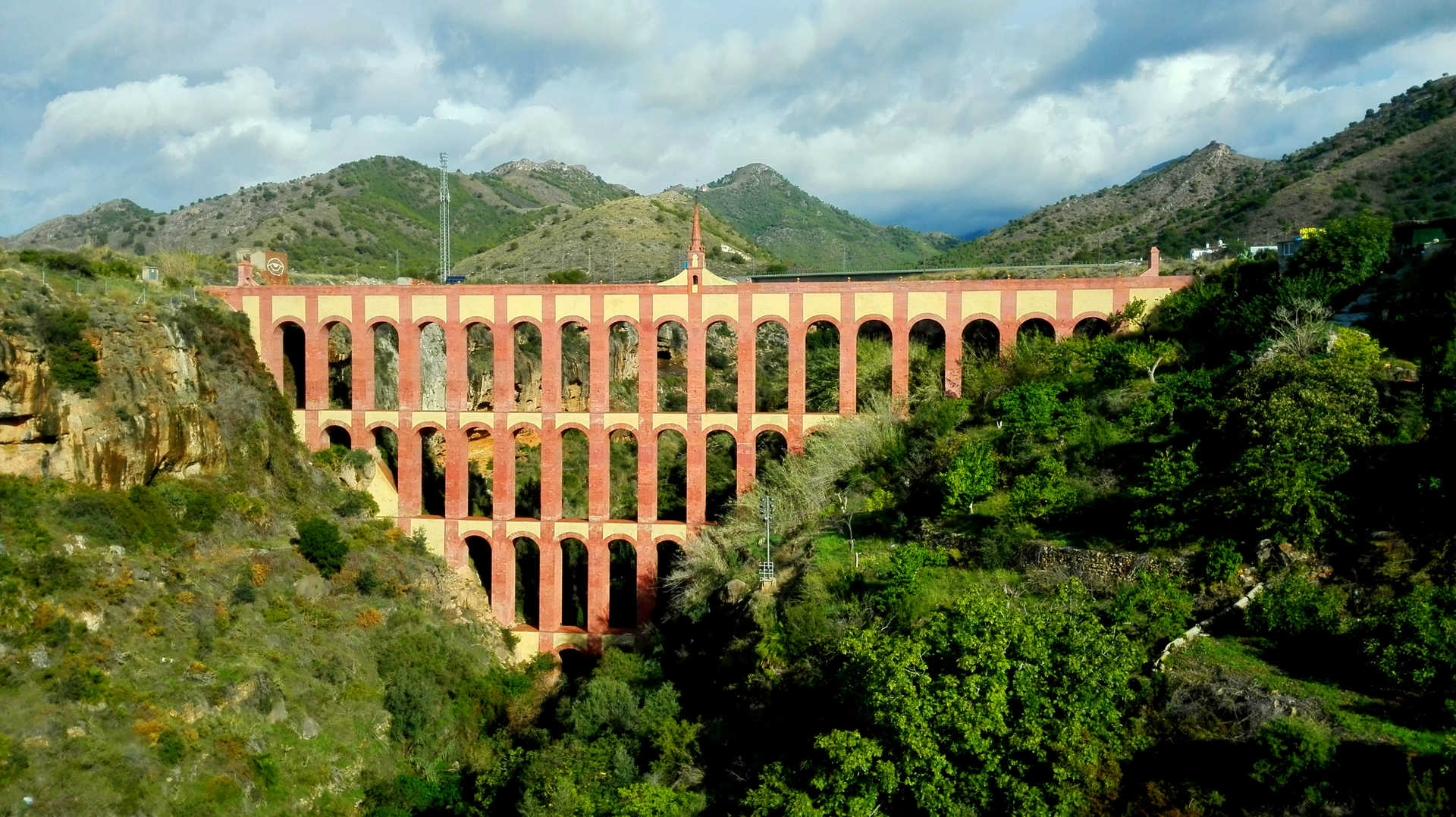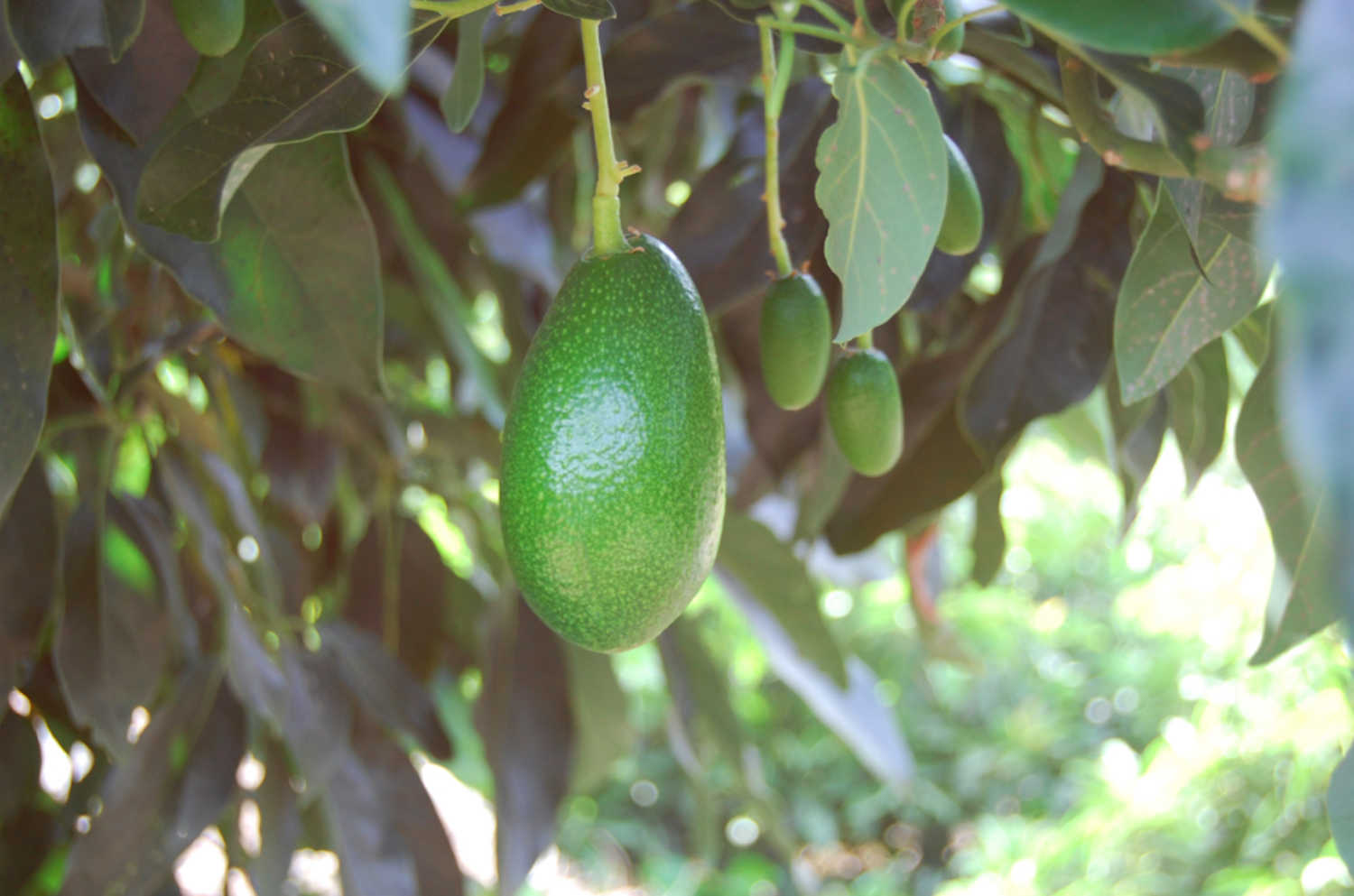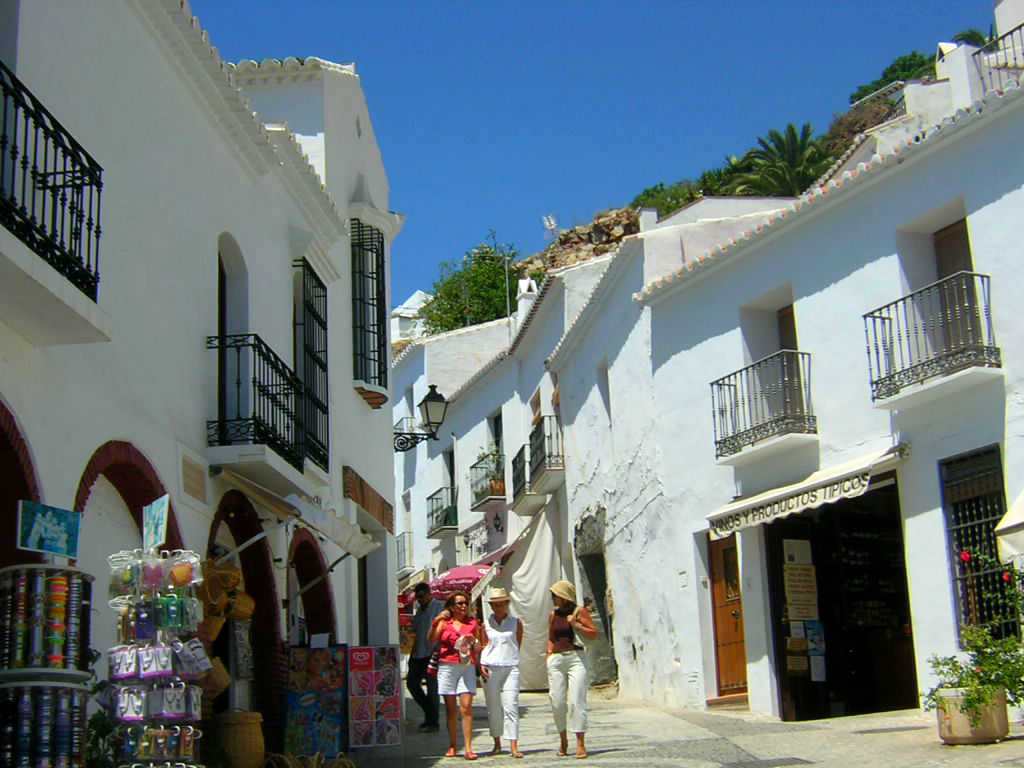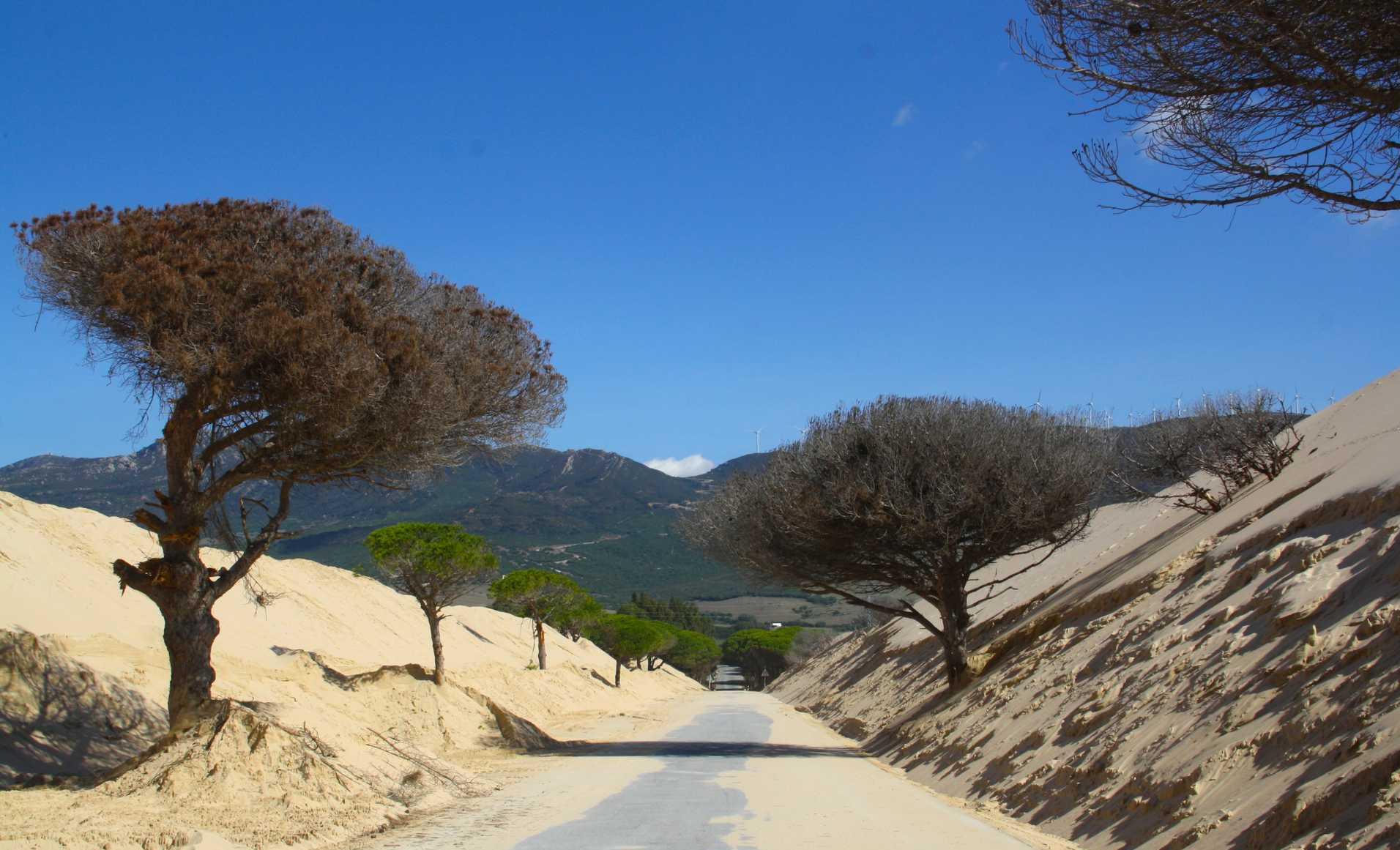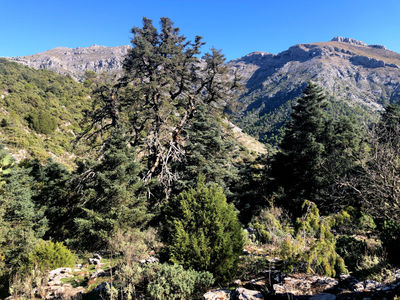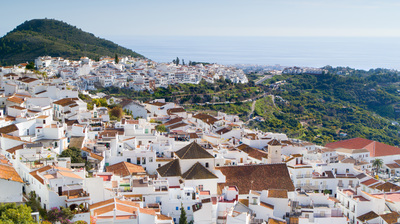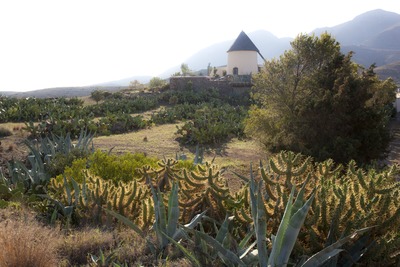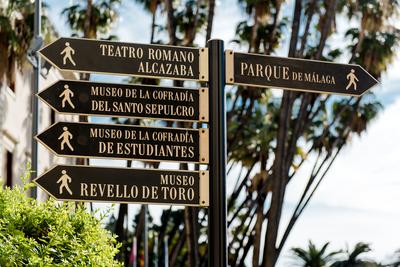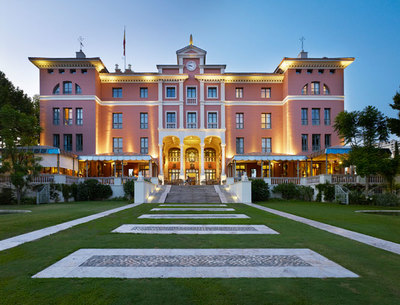Five routes to discover the Axarquía region in Malaga
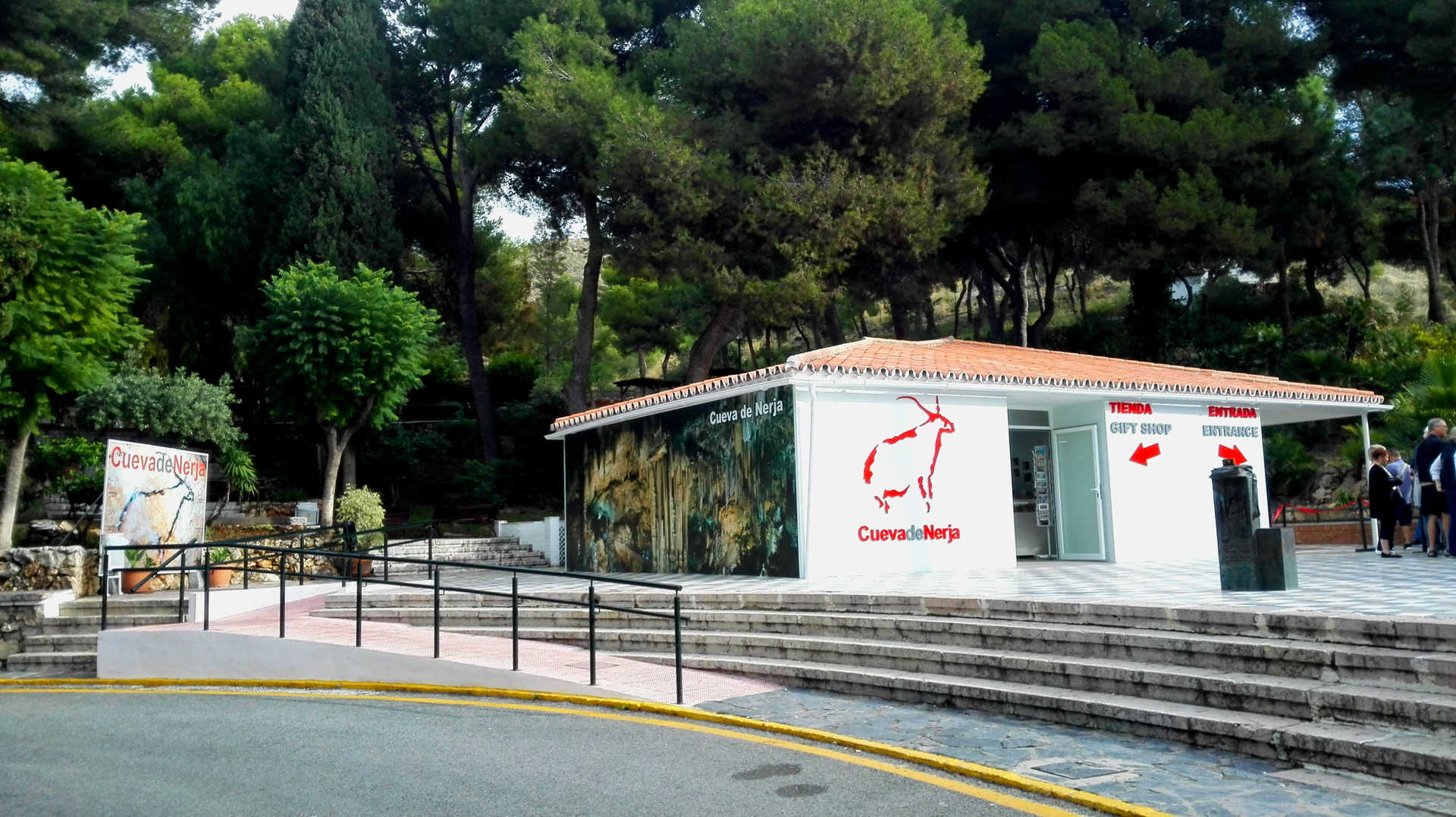
The province of Malaga is an area of great natural beauty, beyond the more popular destinations on the coast. Charming places that leave visitors spellbound.
Tune into your five senses to enjoy five routes through the Axarquía region in Malaga, in the eastern part of the province, where the taste, the smell and a world of sensations have been waiting for centuries for anyone who decides to discover them. Shall we begin?
The Mudejar Route
The Malaga region of the Axarquía was one of the last territories to be held by the Moors. Traces of its past can still be found in its architectural heritage, in many of the towns in the region.
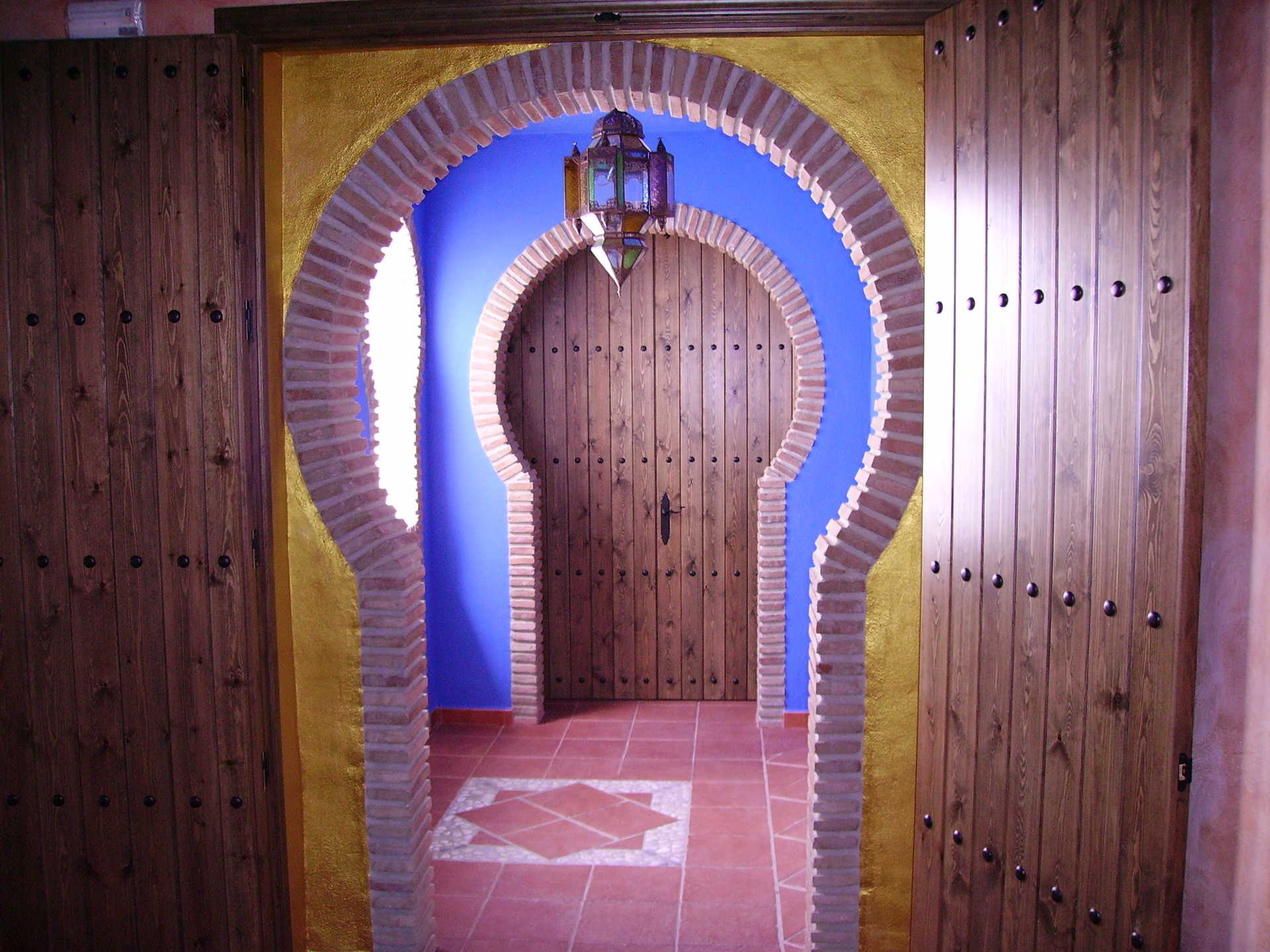
The Moorish roots of the Axarquía can be seen in the arcades and minarets in the five small towns on this 40 km route: Arenas, Árchez, Salinas, SedellaandCanillas de Aceituno. You can travel back in time and their charm will surround you as you explore these towns.
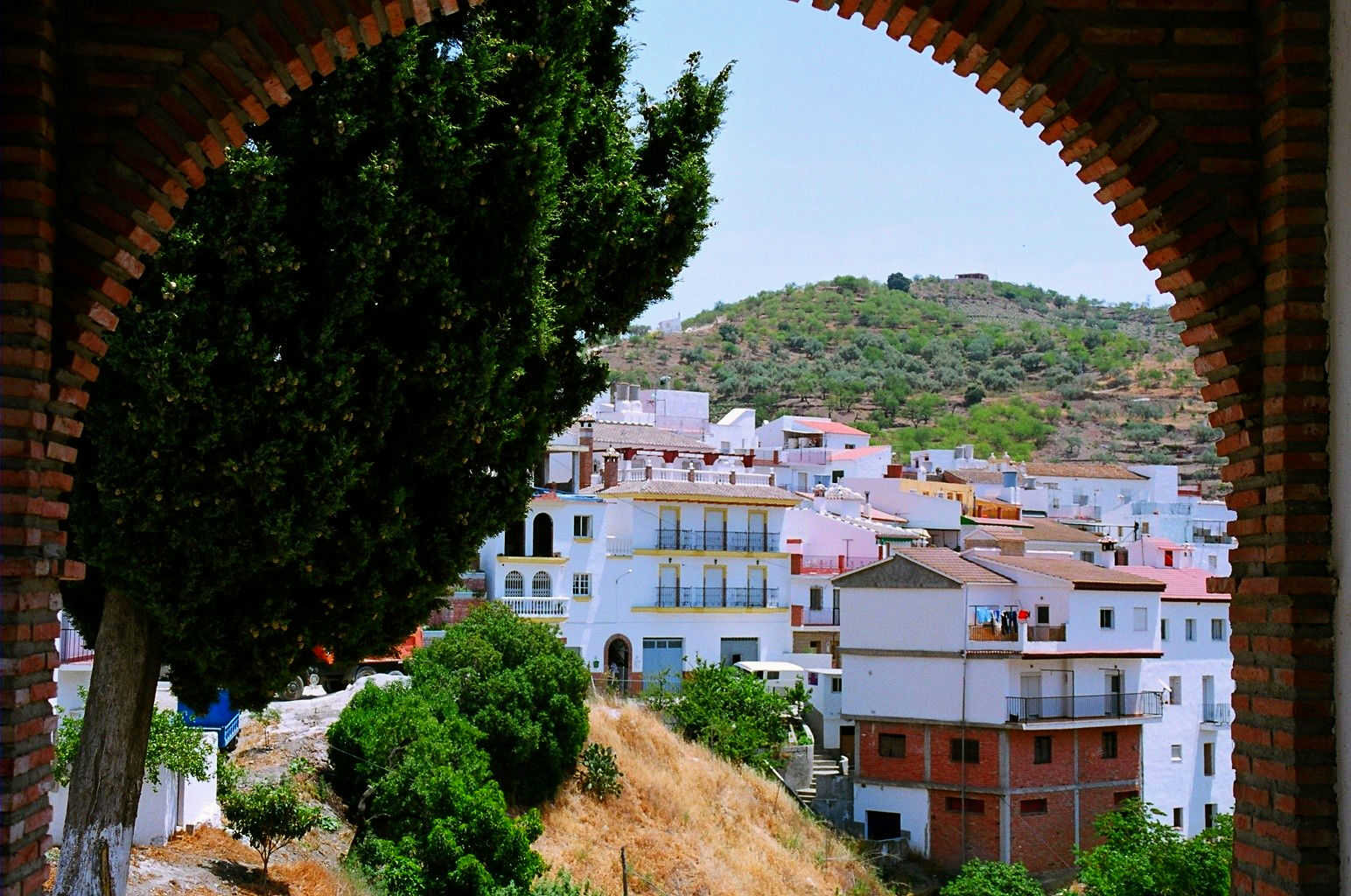
All of them are in the foothills of the Sierras de Tejeda, Almijara and Alhama Nature Reserve, a massive green lung with the sea as a backdrop.
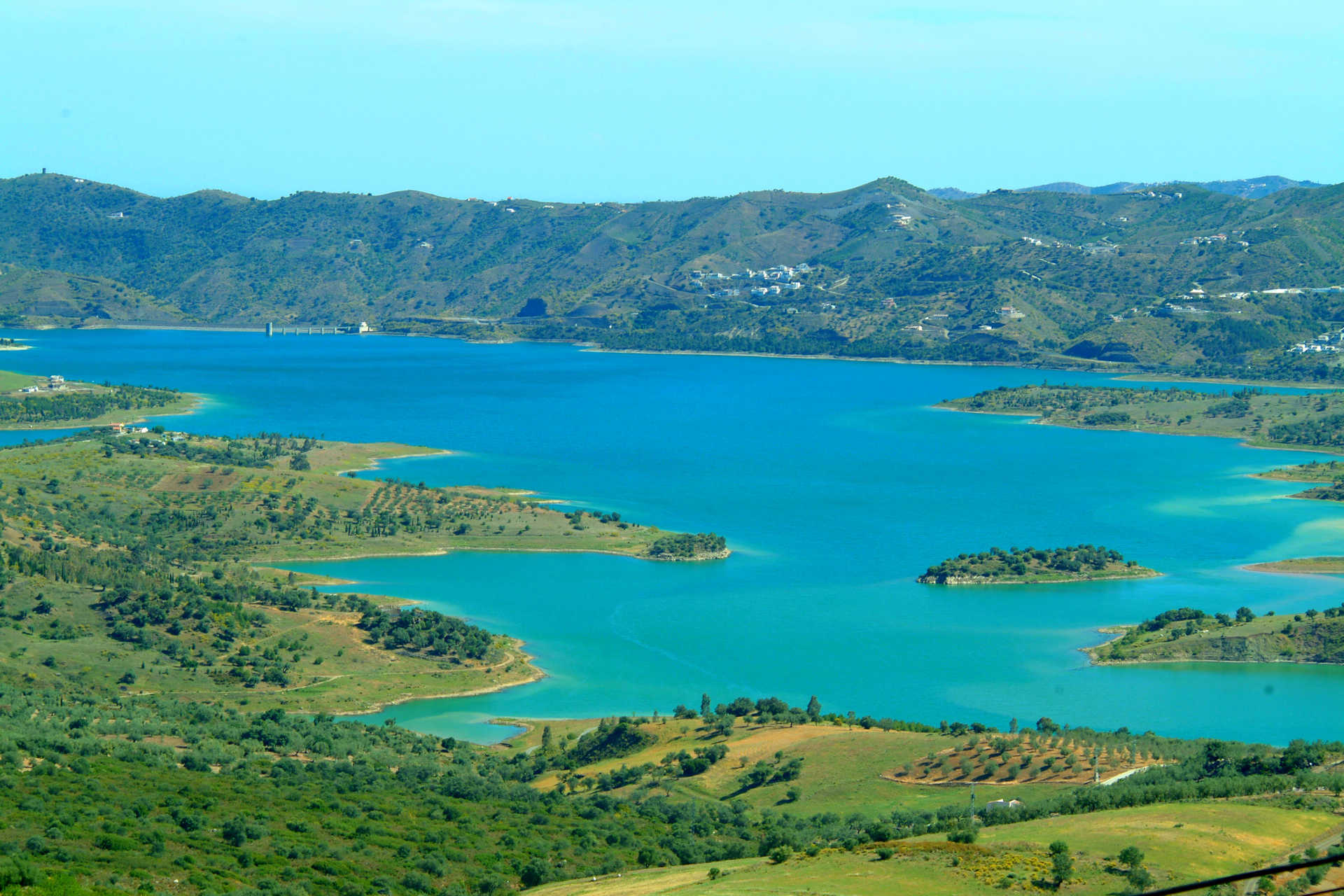
From the town of Arenas you can enjoy one of the best views in the region, but it is in Archez where we find one of the most beautiful and best preserved minarets from the Mudejar era, now converted into the Tower of the Church of Nuestra Señora de la Encarnación, listed as a National Monument for being one of the most important in the Nasrid architecture.
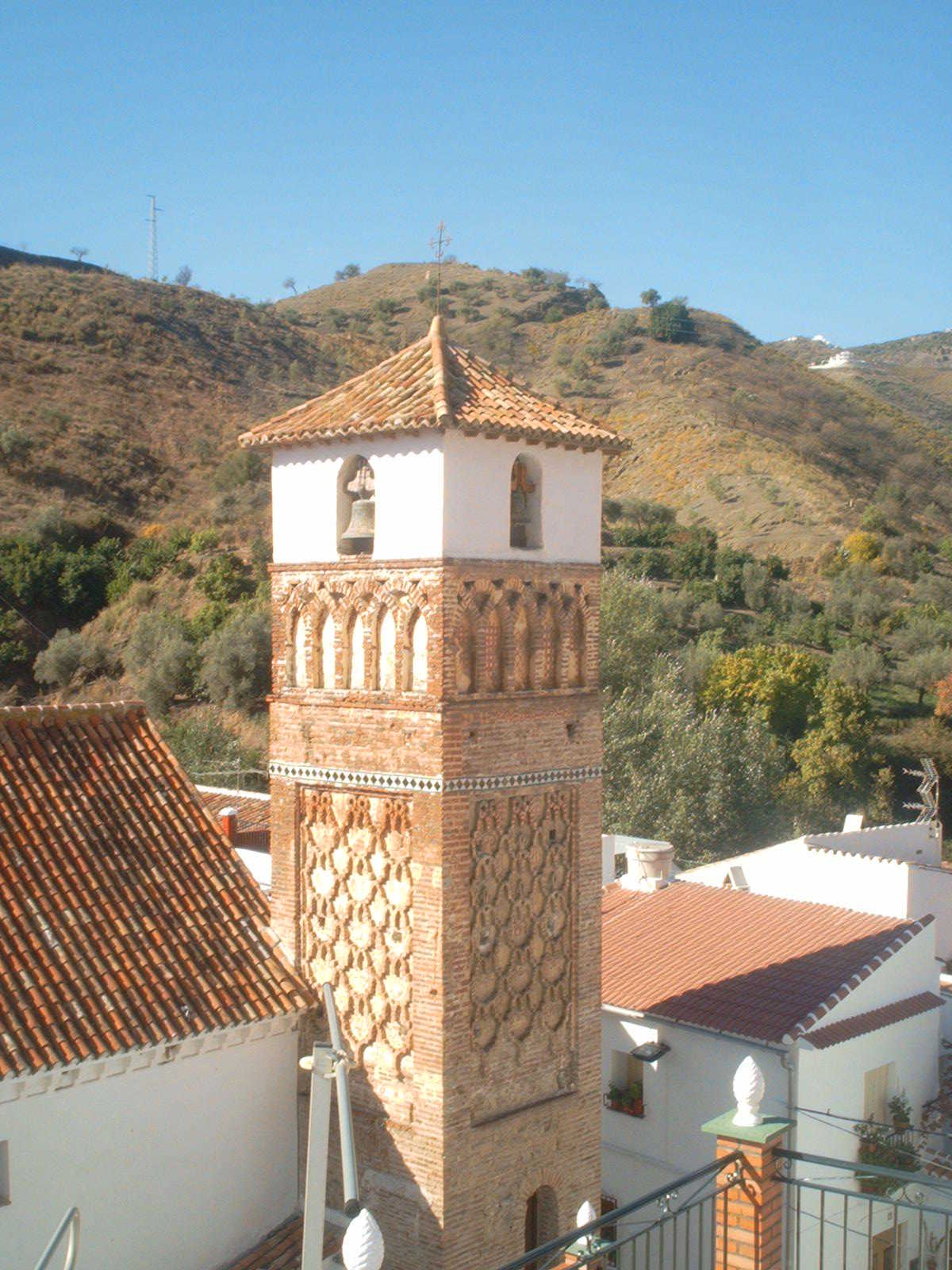
In Corumbela and Salares you can find similar remains, which from the 10th-14th centuries were used to call the faithful to prayer, but have now transformed and belfries or Christian symbols have been added.
The Raisin Route
The second route is 62 km long and connects the municipalities of Totalán, Comares, Cútar, El Borge, Almáchar and Moclinejo.
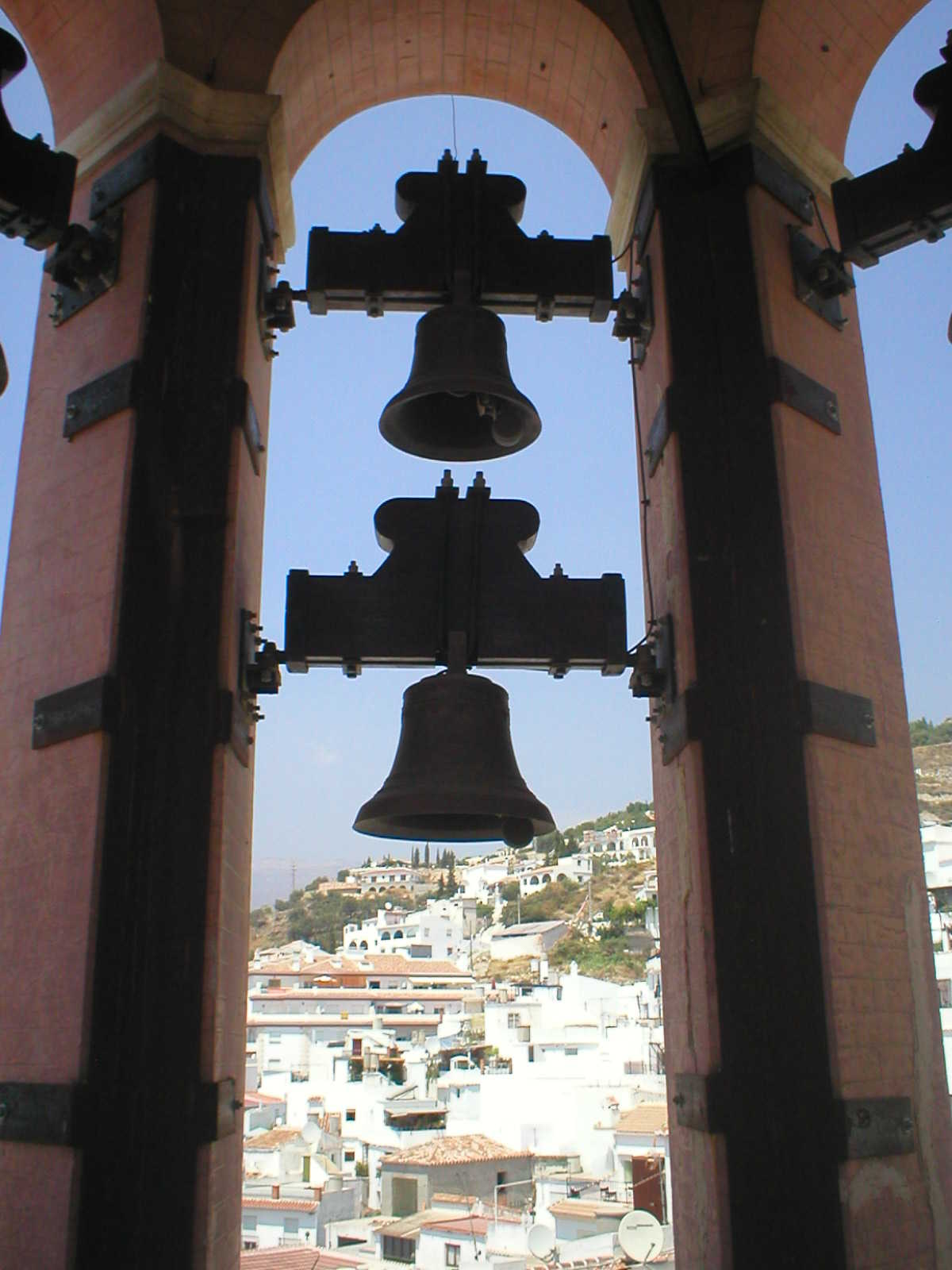
If you go on this route, you'll enjoy spectacular views and small charming villages with slopes where vineyards grow, defying the laws of gravity.
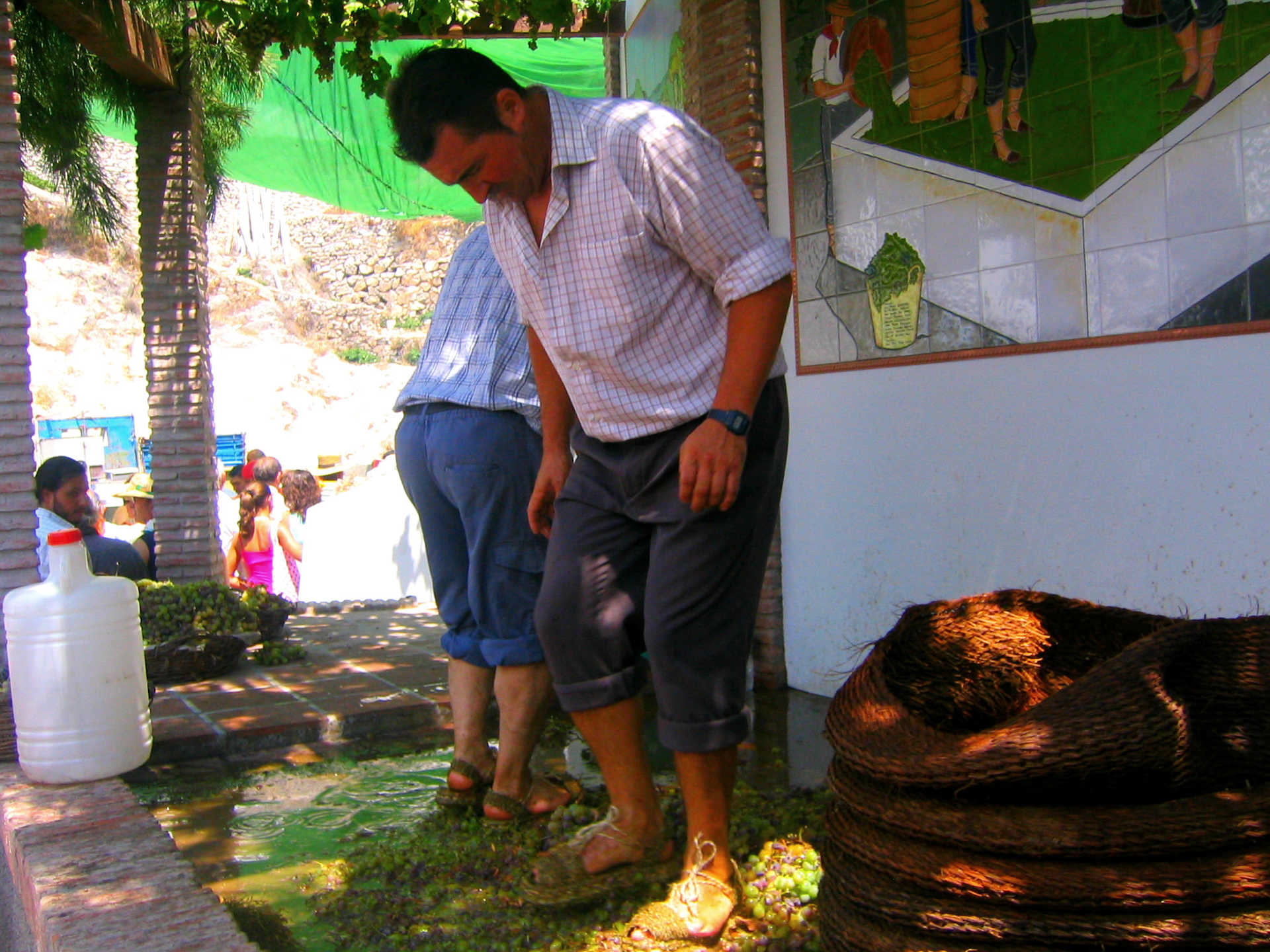
In fact, the best time to do this route is September, since every weekend there is a festival in honour of its products: the Ajoblanco Festival in Almáchar; Viñeros in Moclinejo, where an exquisite sweet wine is made; and the Raisin Festival, considered the best in the world since Moorish times, in El Borge.
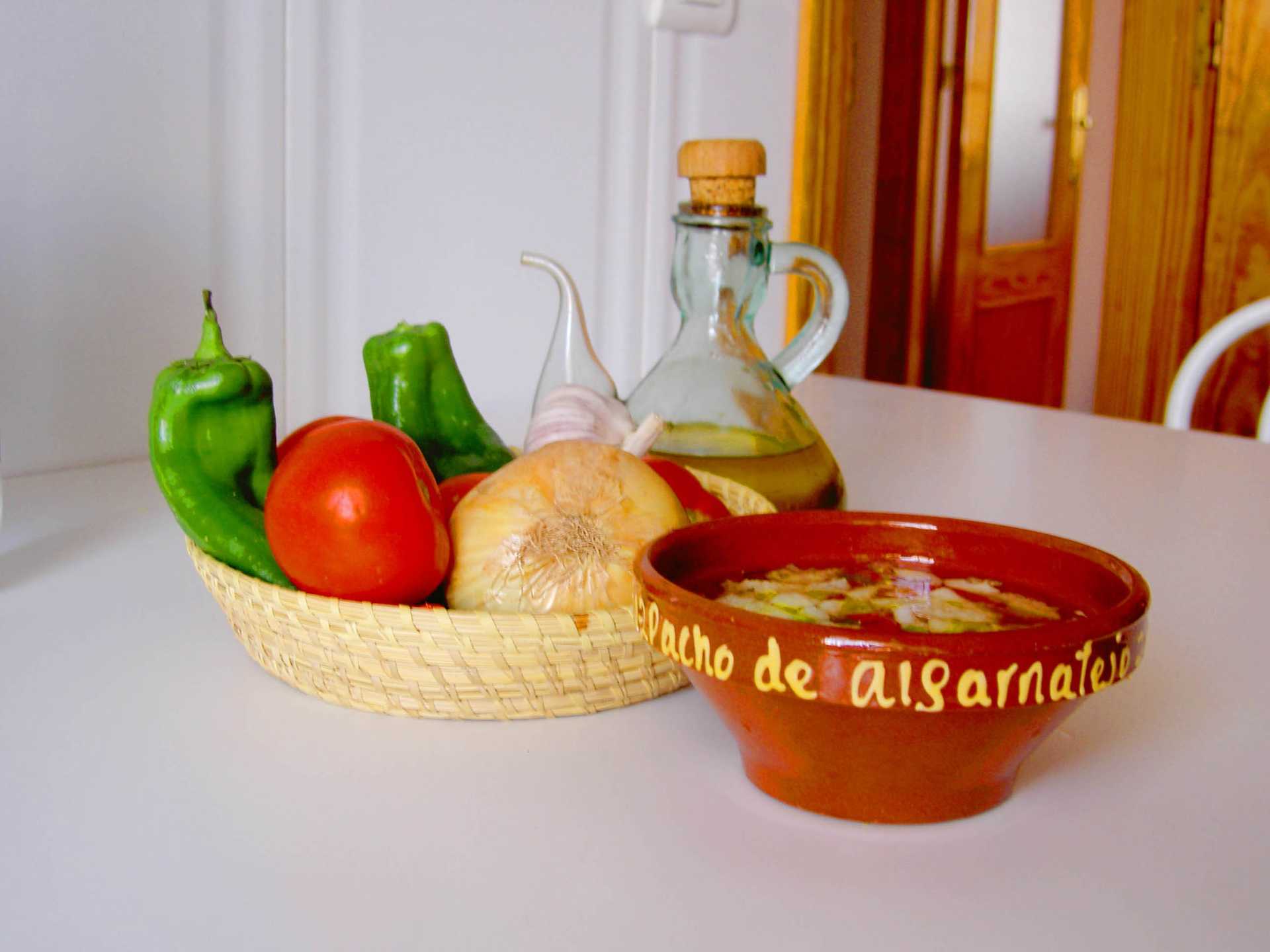
Precisely in El Borge, you can find Posada del Bandolero, a hotel-museum that houses an interesting collection of objects linked to banditry, and a restaurant that offers typical dishes of the traditional cuisine of the Axarquía region.
The Sun and Avocado Route
This 75 km route, the closest to the city of Malaga, includes the beaches of Rincón de la Victoria, the municipalities of Macharaviaya, Vélez-Málaga, (capital of Axarquiía), Benamocarra, Iznate and Benamargosa, and offers options to suit all tastes: beaches, nature, water sports or golf.
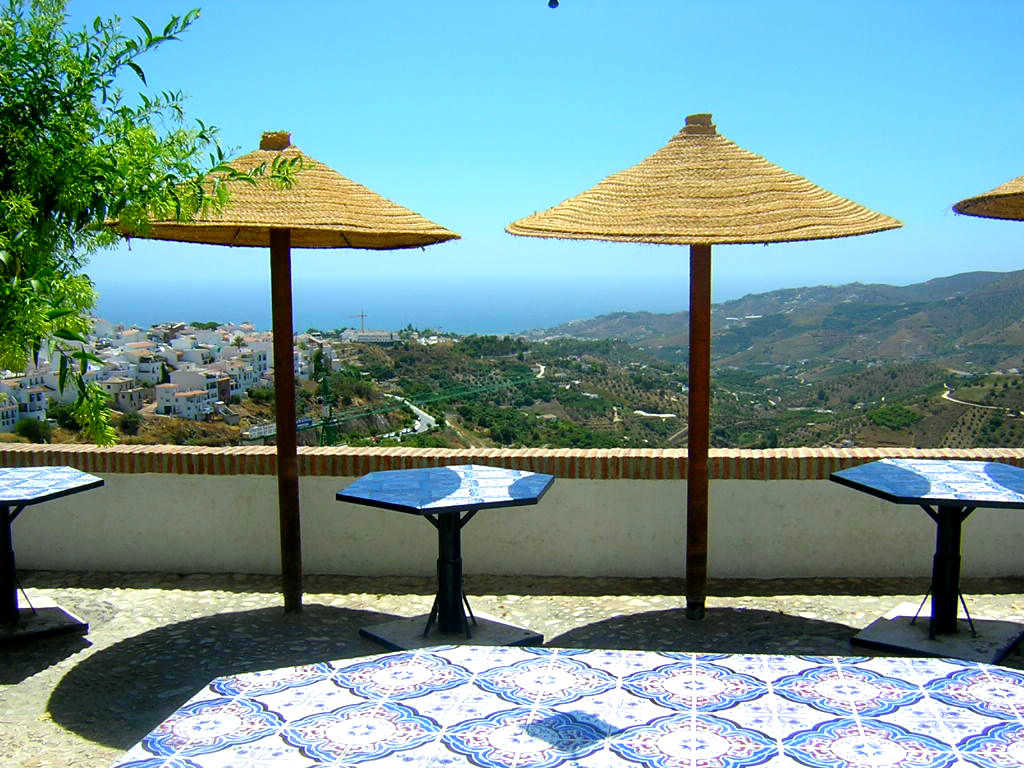
Thanks to the excellent microclimate created by the mountains of the Tejeda, Alhama and Almijara Nature Reserve, a large part of the crops of avocados and tropical fruits that are consumed in Europe are grown here, in the fertile lands of the Axarquía, such as mango, papaya and custard apple. These crops coexist in perfect harmony with traditional ones.
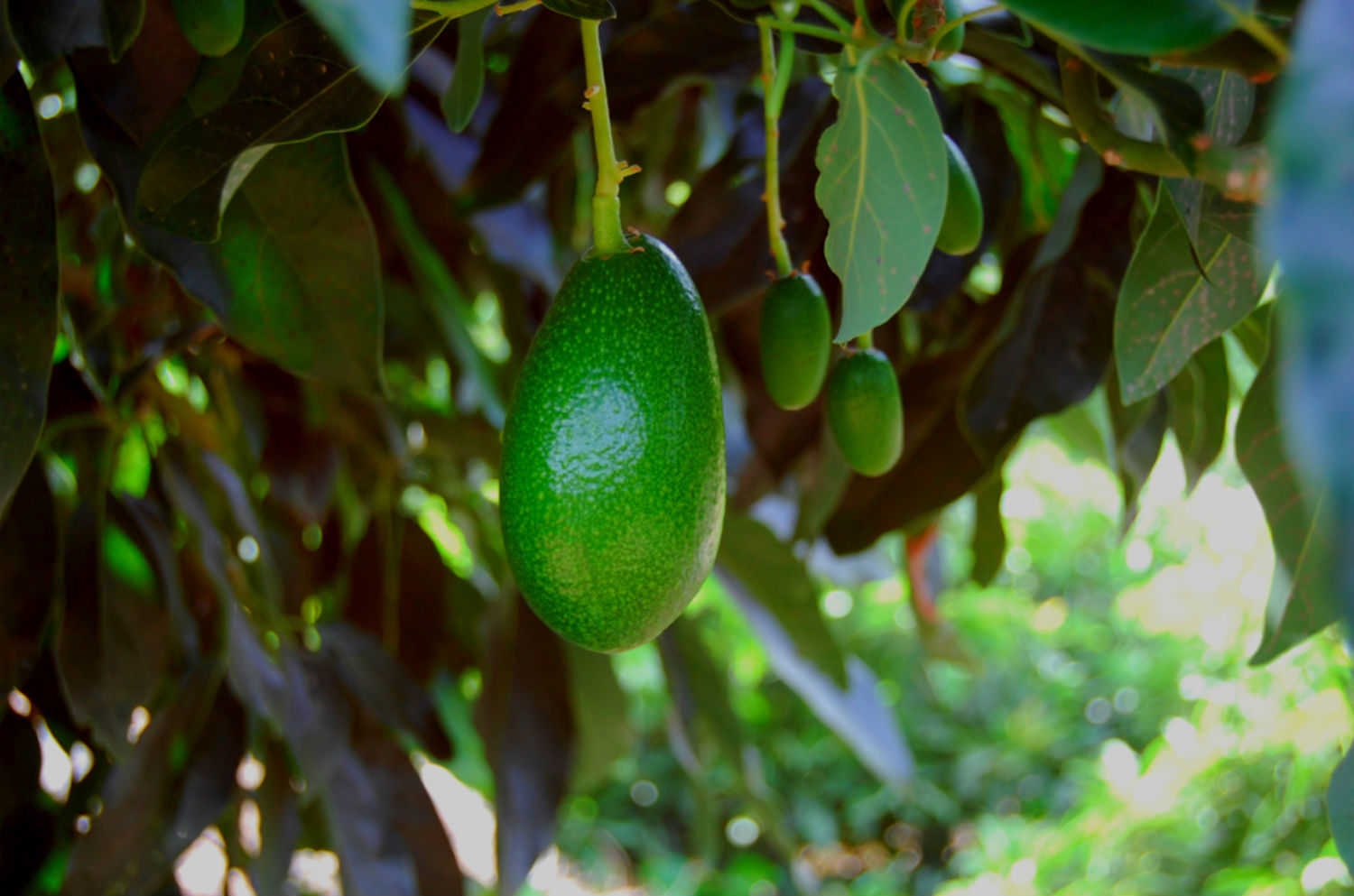
There are many historical remains that pop up discreetly in the fields.
It is well worth visiting the impressive Tesoro Cave, in Rincón de la Victoria, easily accessible and the only sea cave that can be visited in Europe.
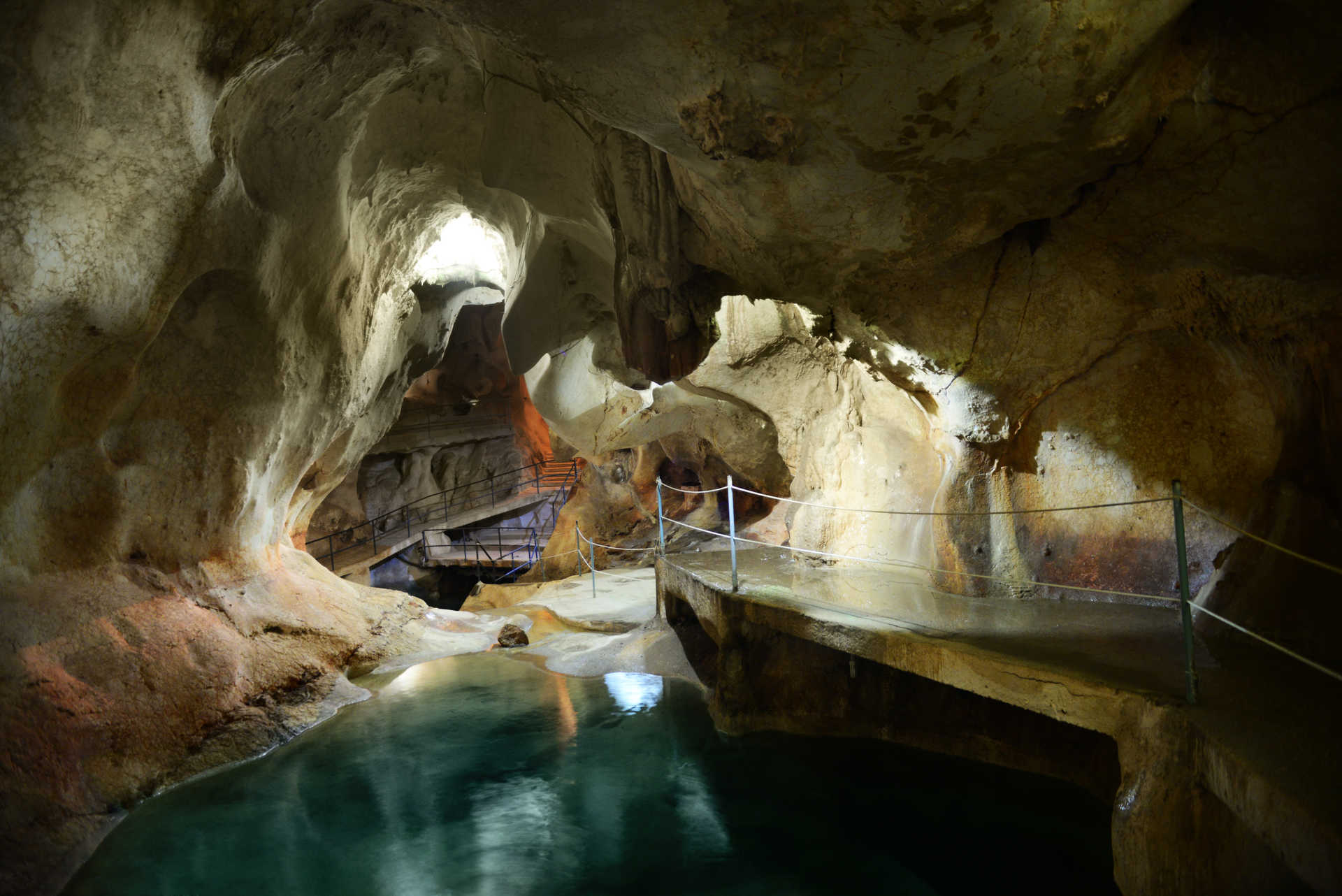
The Olive Oil and Mountain Route
This route that crosses mountain villages, starting in Riogordo, is characterised by spectacular changes in landscape, a lake surrounded by mountains and beautiful mountain villages overlooking the Mediterranean Sea. The reservoir of La Viñuela is an area of special beauty.

Colmenar, Alfarnate, Alfarnatejo, Periana, AlcaucínandViñuela offer a unique mountainous landscape, where olive trees and pastures are the main feature and everything feels peaceful. This area is especially recommended for outdoor sports as well as its rich cuisine.
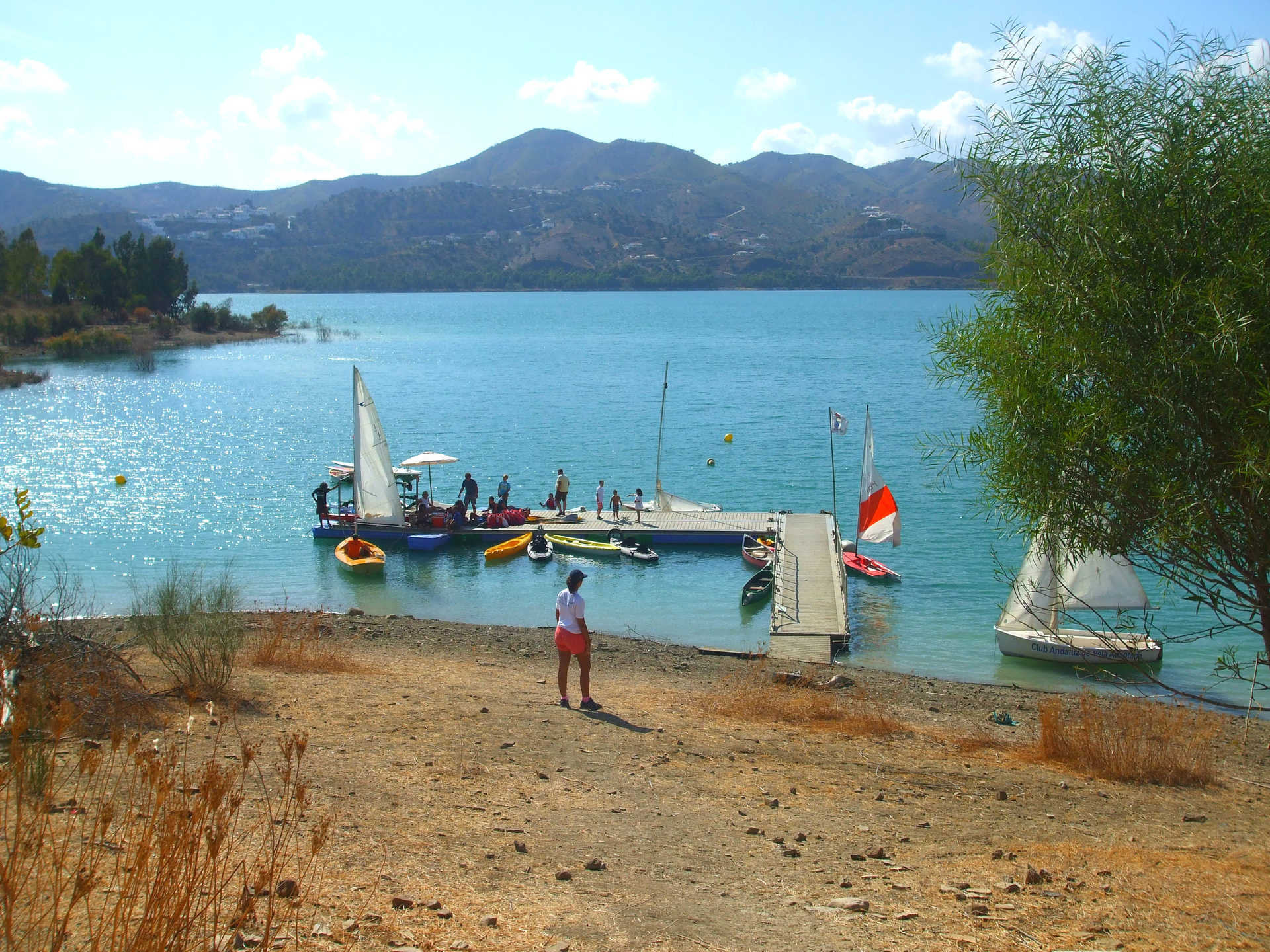
You'll find it hard to choose from all the delicious local products: Riogordo oil doughnuts, peaches from Colmenar, goats' cheese from Periana, Algarrobo cakes, and many more.

And above all, oil, one of the best in the world, made following traditional methods in the oil mills, using the olive varieties verdial and hojiblanca.
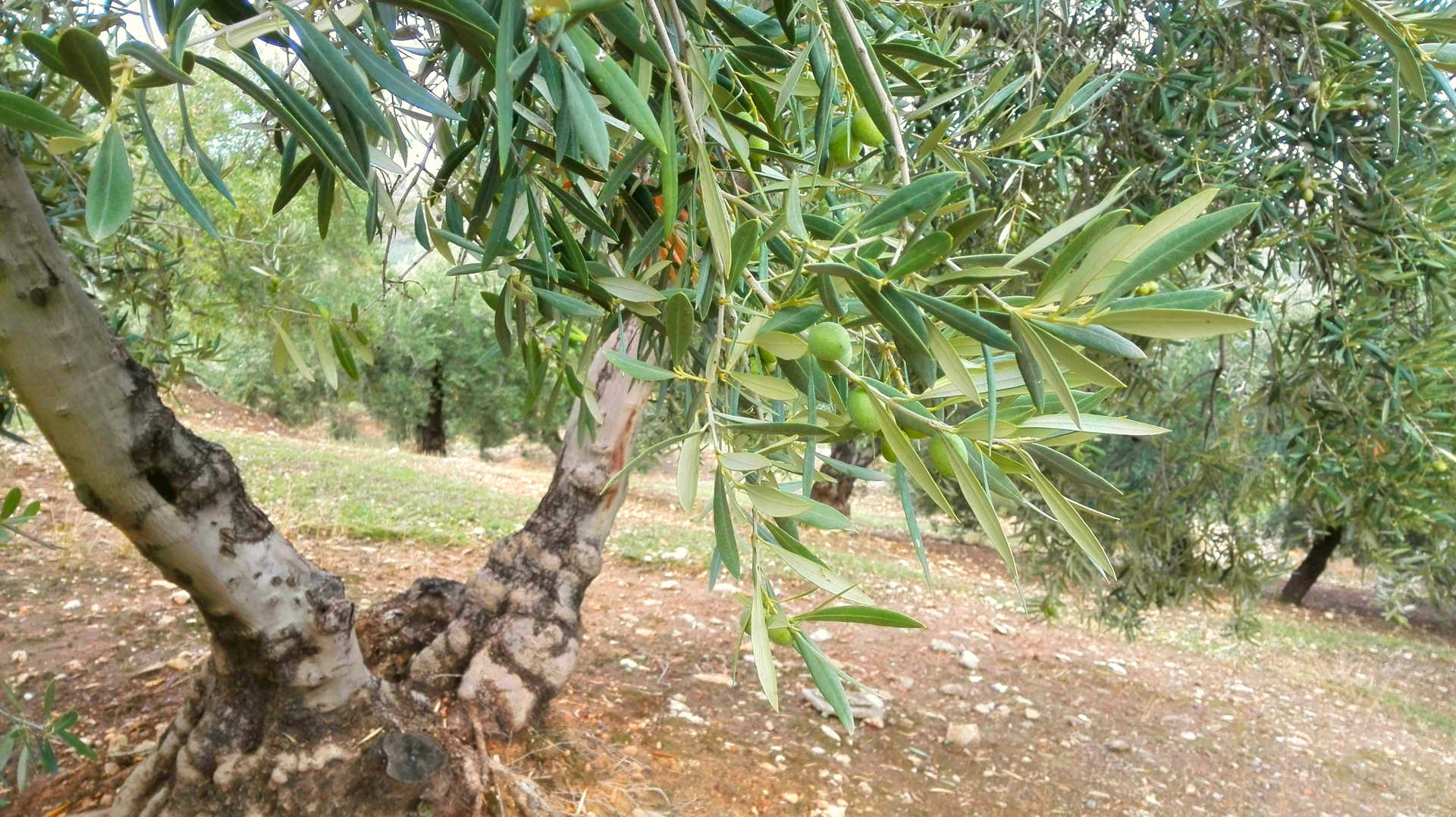
The remains of large millstones and enormous earthenware jars that you can find in many of these villages prove how old this activity is in the Axarquía. In Periana, Cortijo Las Monjas farmhouse organises gastronomic routes, tasting sessions and oil tourism around the most interesting spots in the area.
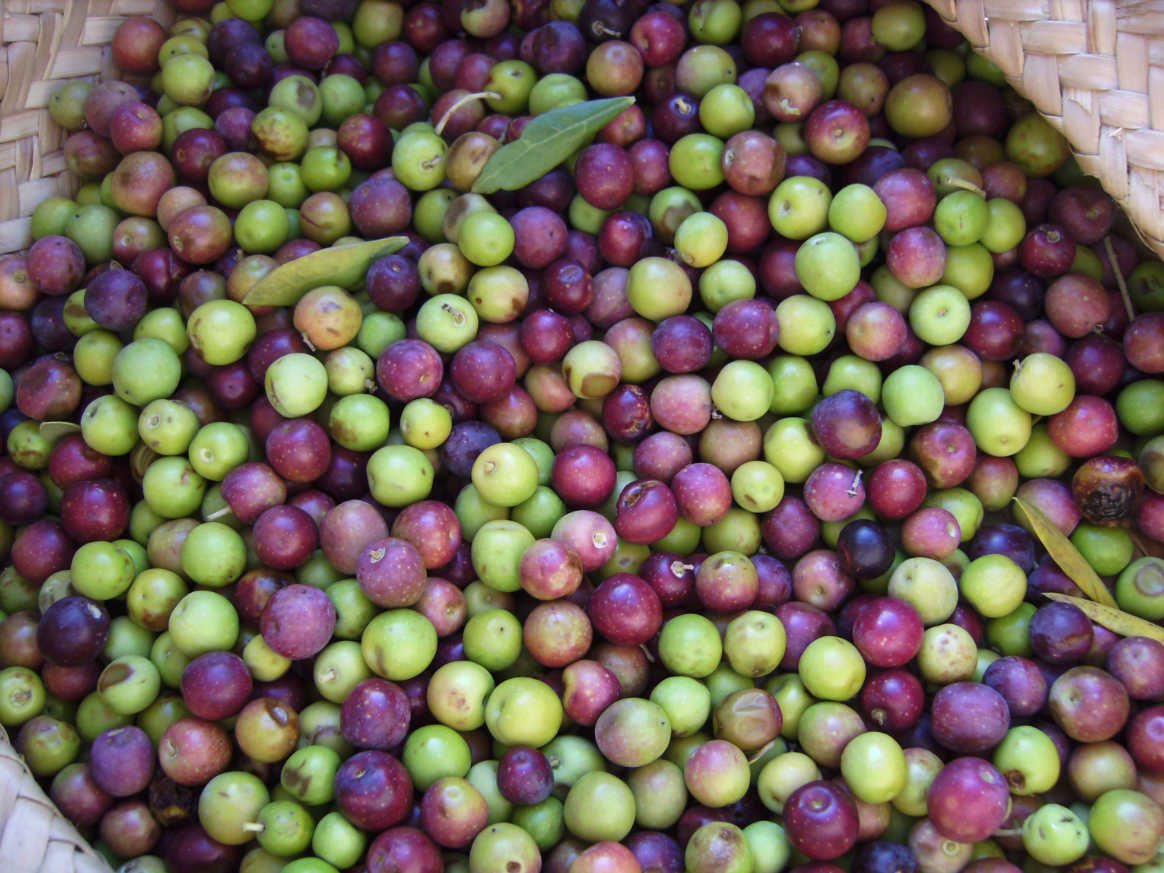
You can't afford to miss Venta de Alfarnate, the oldest venta, or roadside inn, in Andalusia, which holds centuries of banditry history and offers delicious dishes from the Axarquía.
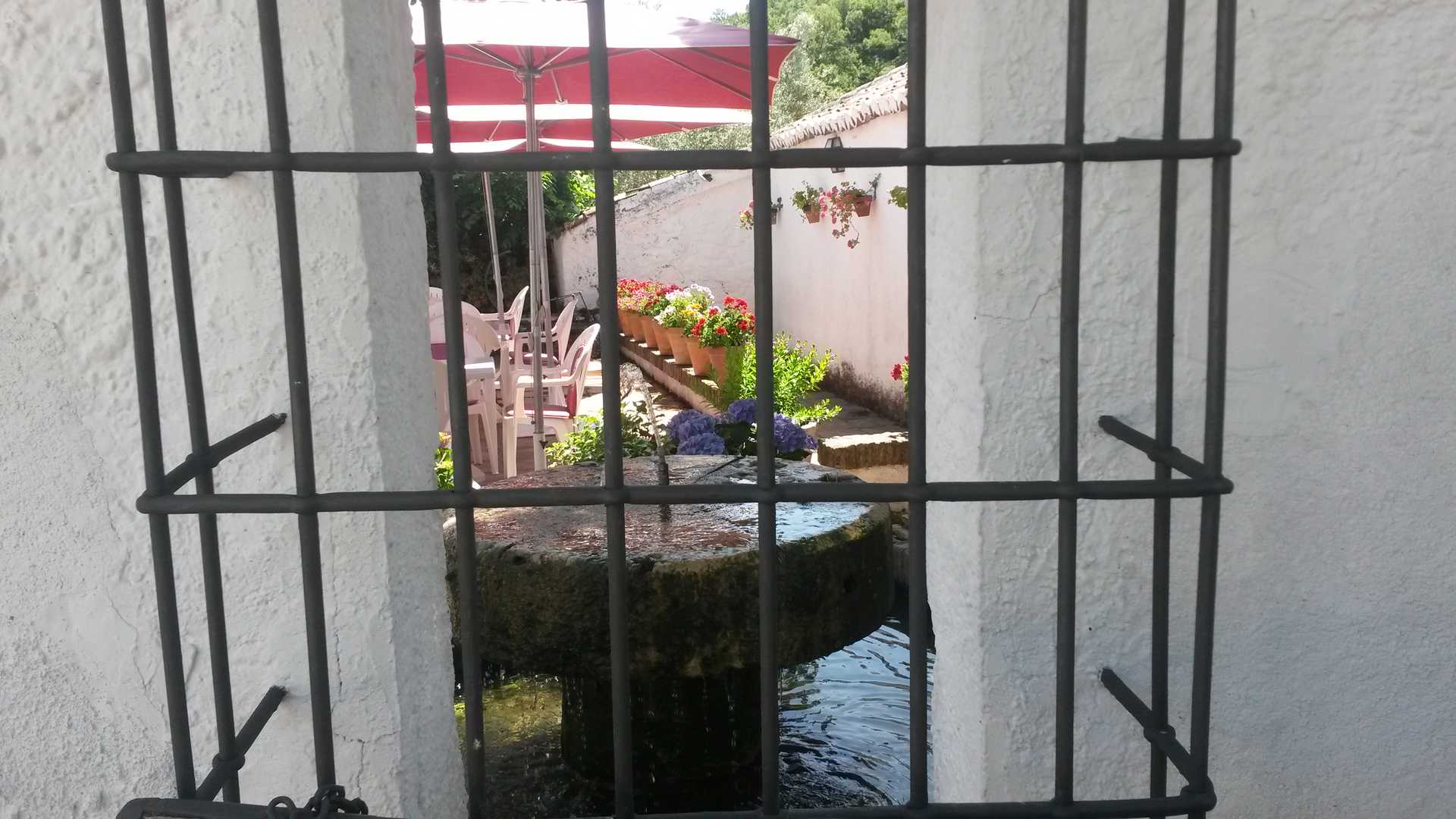
If you prefer to plan your own trip, we recommend visiting the Periana Oil Museum, the old mill of Cortijo de Pulgarín Bajo deAlfarnatejo or seeing the olive harvest which begins in December.
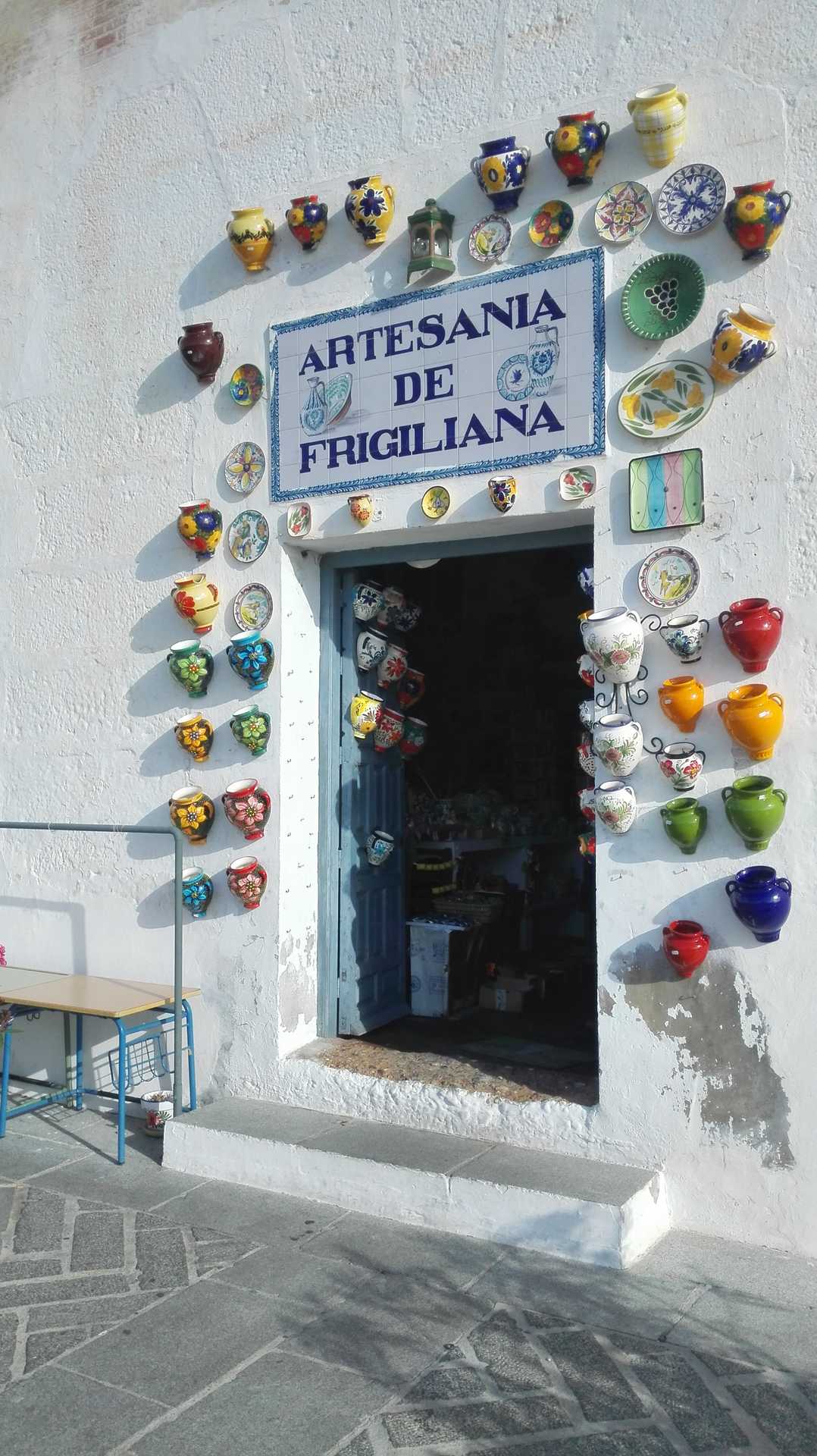
Riogordo, with its important Roman remains and traditional performance of "El Paso" (Episode of the Passion of the Christ), rounds off this route.
The Sun and Wine Route
The easternmost route of the Axarquía combines the best of the coast and the interior. Pretty beaches, cliffs and coves, whitewashed villages and vineyards and imposing caves.
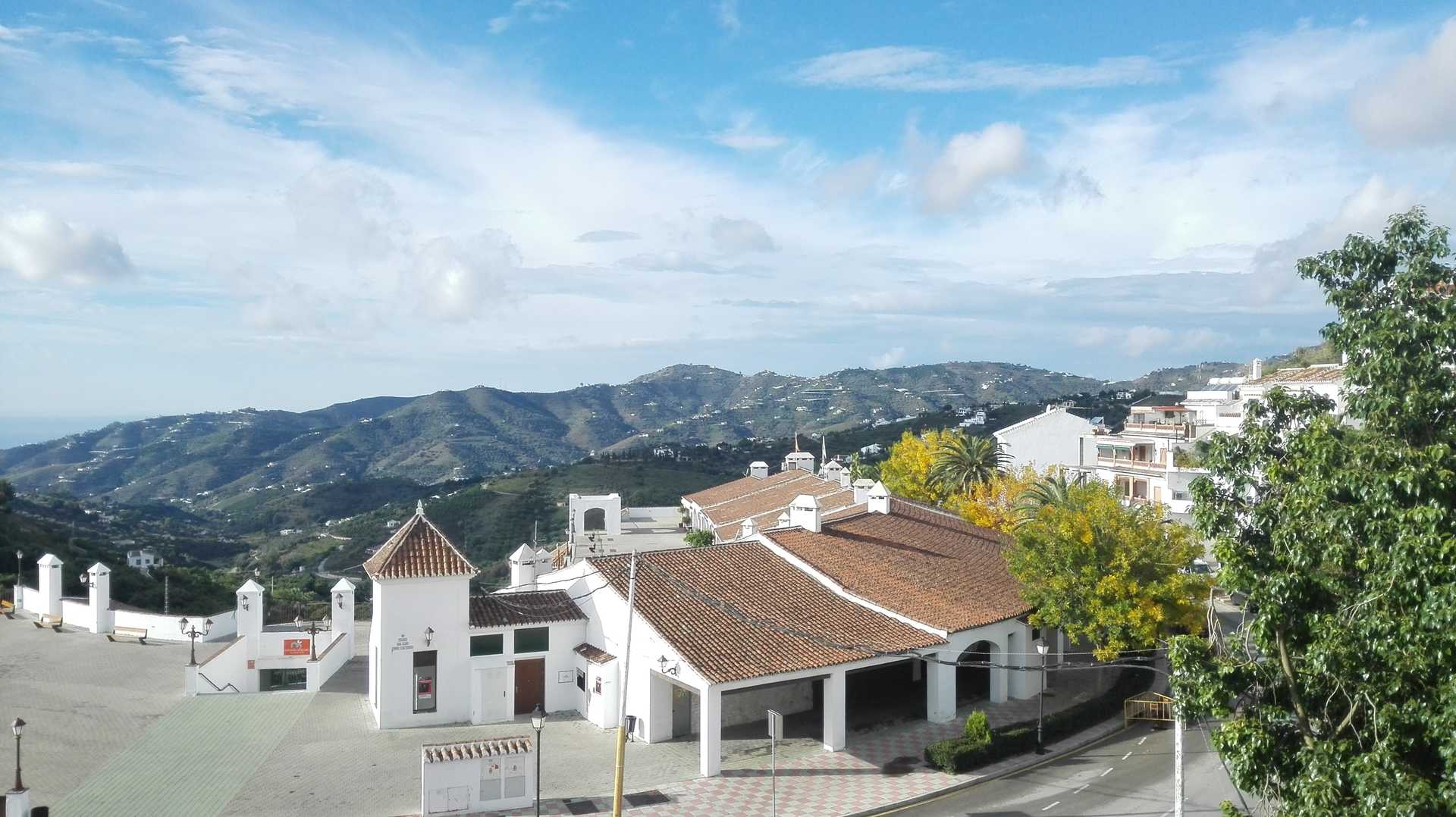
It crosses the municipalities of Algarrobo, Sayalonga, Cómpeta, Canillas de Albaida, Torrox, Nerja and Frigiliana.
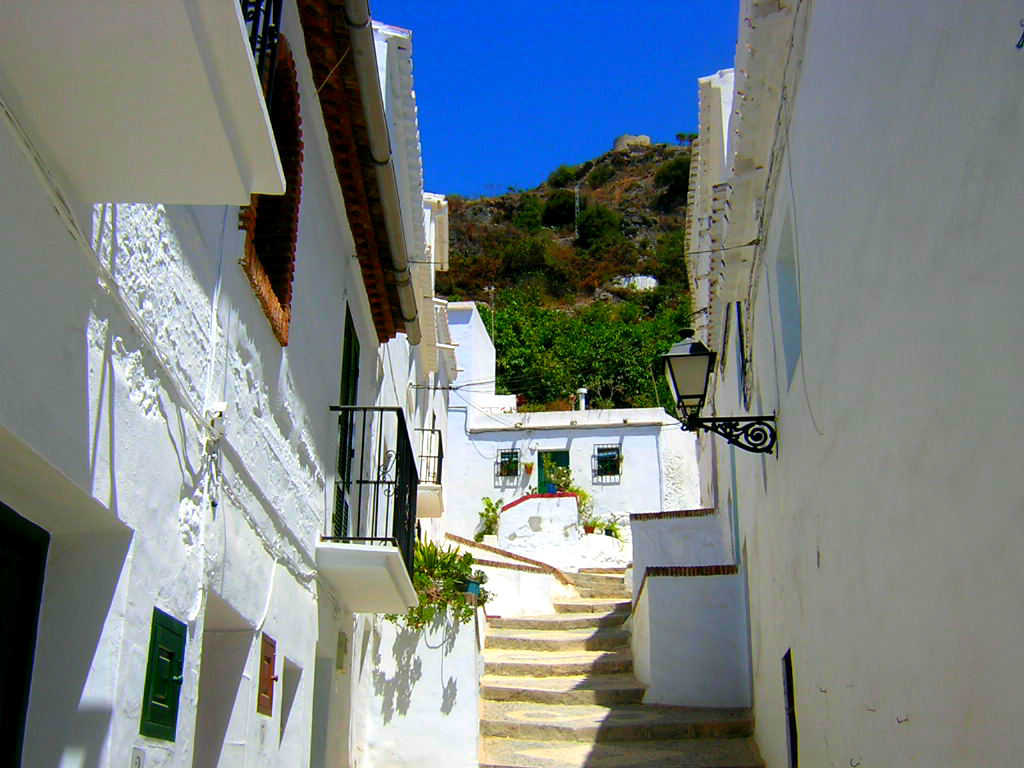
The Moorish past will captivate you in Frigiliana, famous for its award-winning historic quarter with narrow streets and passageways. Small whitewashed houses are perched on top of each other, making for a charming view.
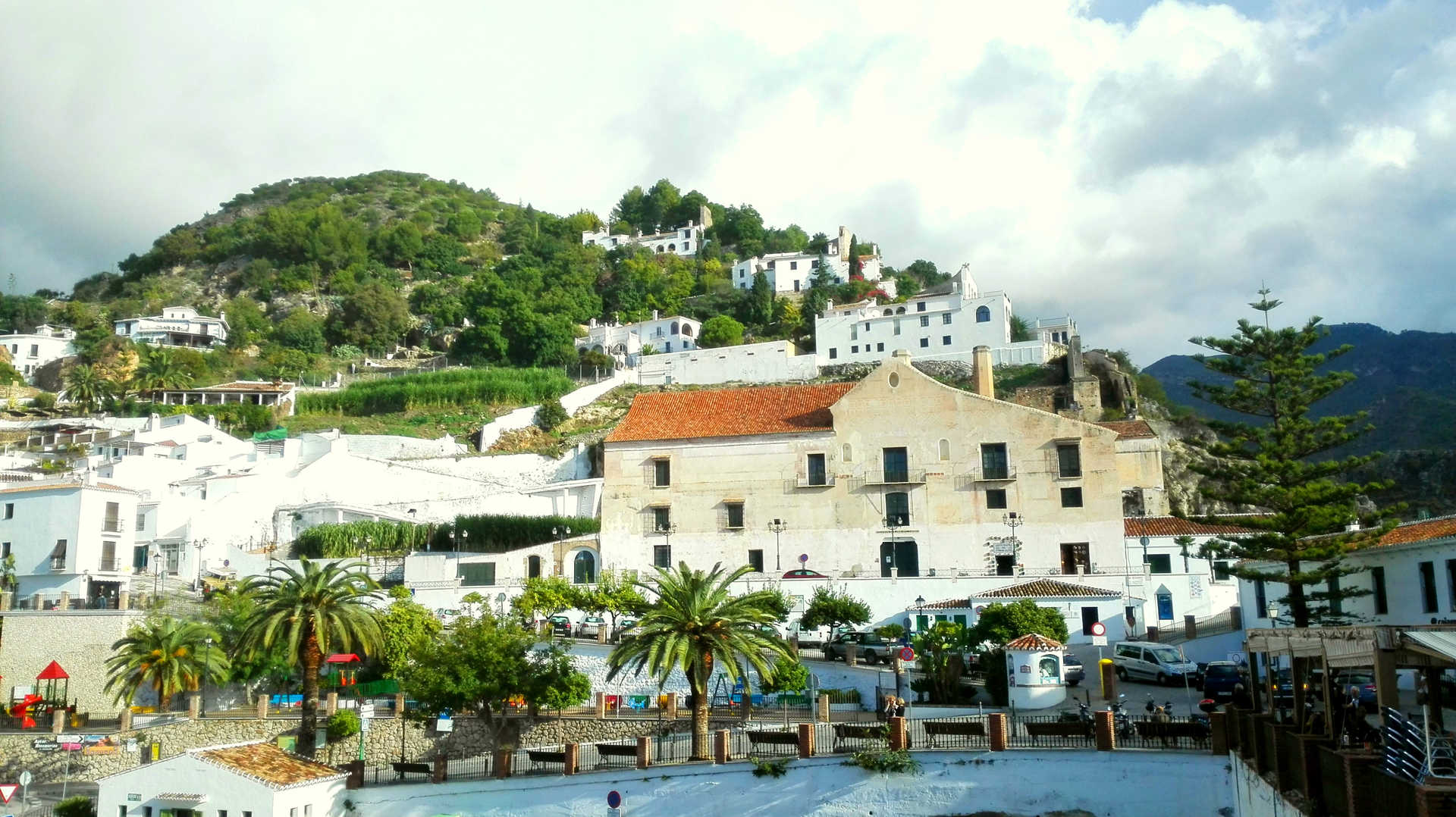
At the entrance of Frigiliana we find El Ingenio, a 16th-century manor house, which houses one of the few sugar cane factories that still exist in Europe and an oil mill which uses artisanal methods.
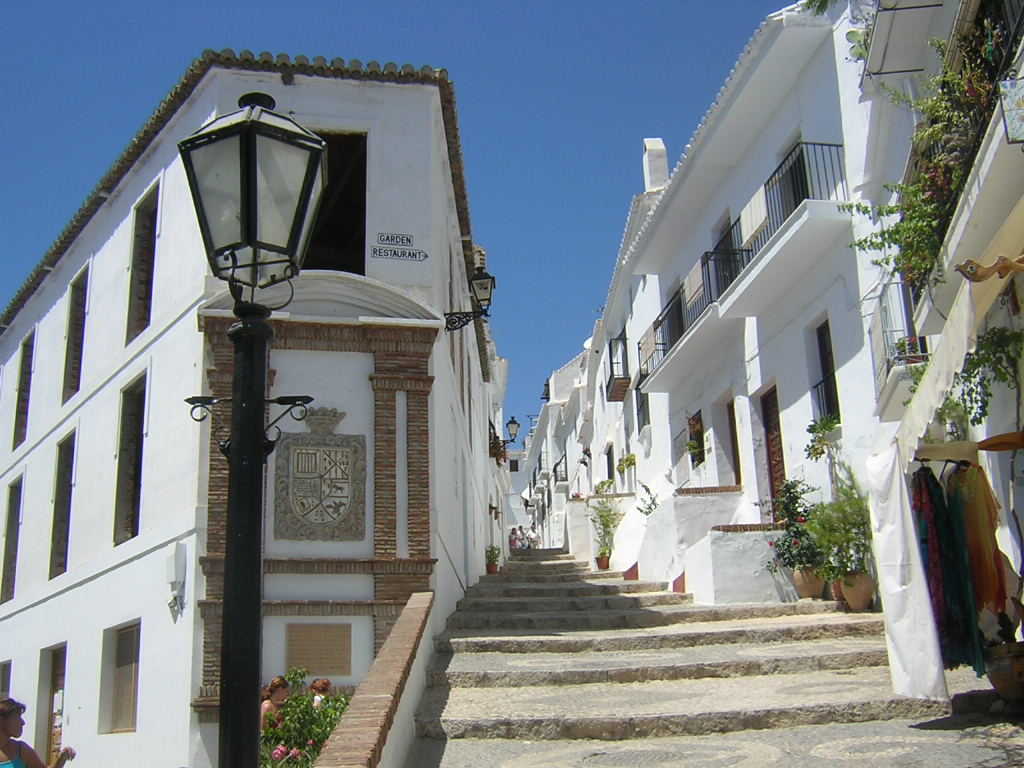
Other interesting features are the Old Fountain, the Shrine of Ecce Homo, Reales Pósitos silo and the Keep.

Very close to Frigiliana you'll find Nerja, from where you can enjoy one of the most beautiful views of the coast. Its coves, tapas bars and atmosphere in its streets make Nerja a must.
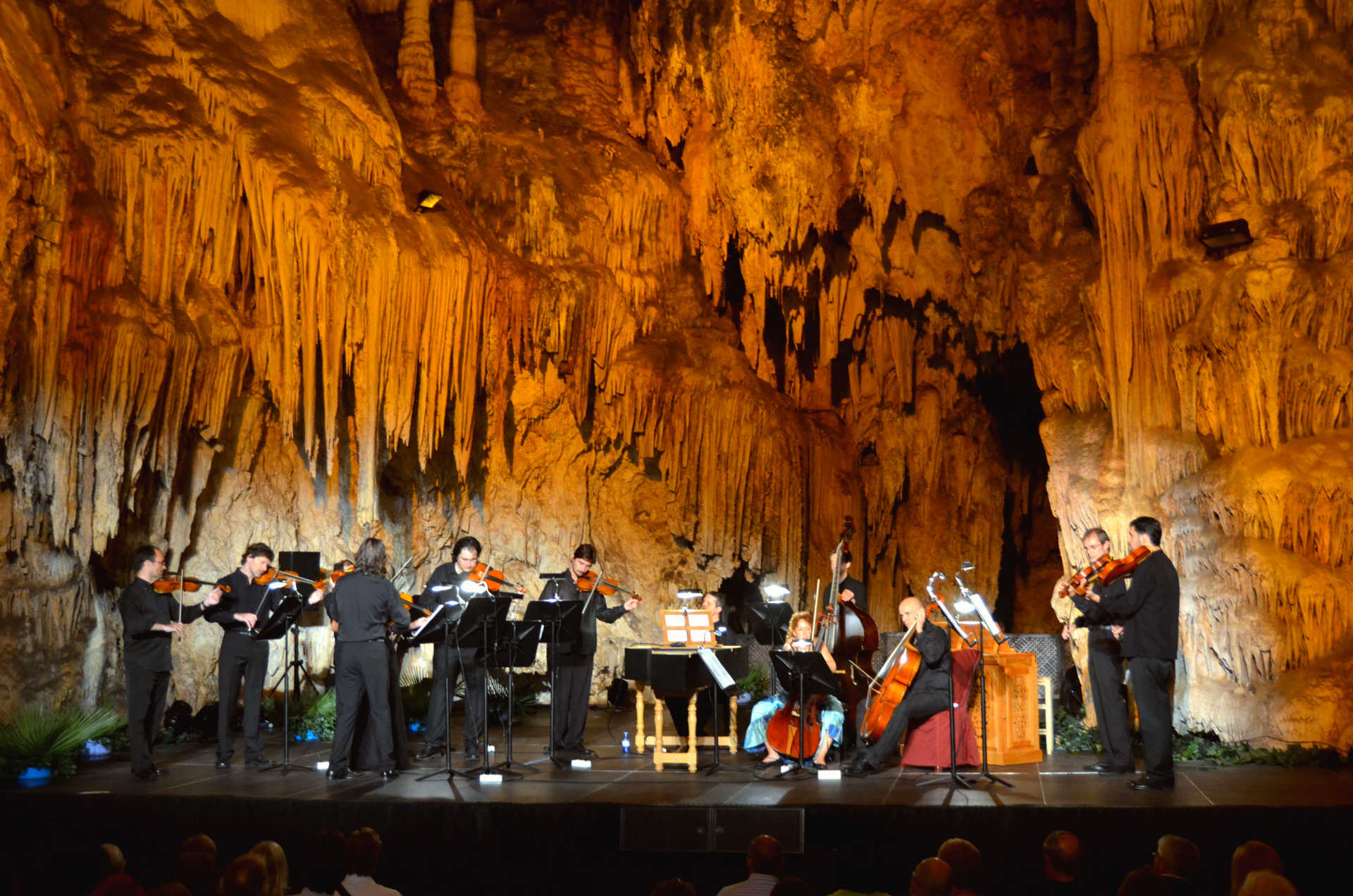
And just outside Nerja you can visit its amazing cave.
The cuisine in these towns and their festivals to celebrate winemaking and products such as the loquat of Sayalonga round off a route full of charm.
To end a perfect day, go for a walk along the Moorish-inspired promenades of Torrox or Algarrobo at sunset, and enjoy the vast beaches.
We look forward to seeing you!

